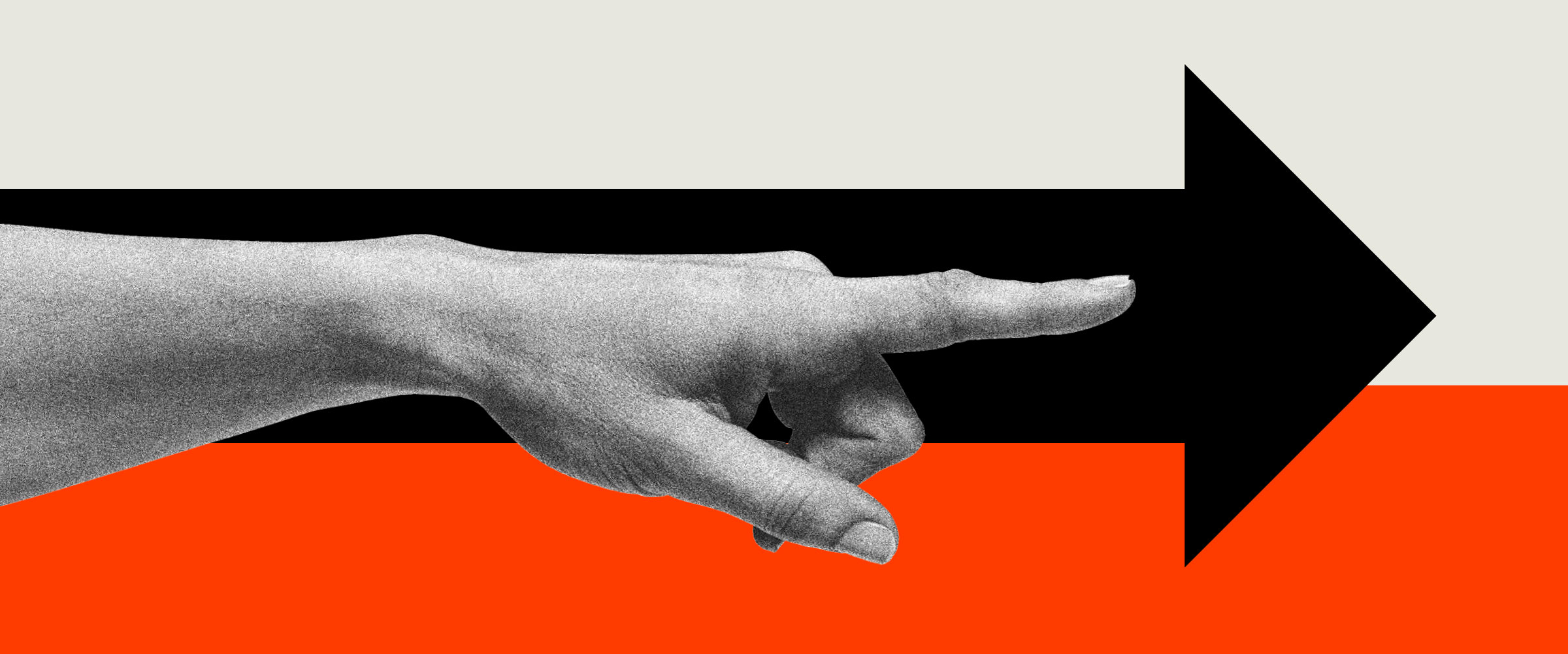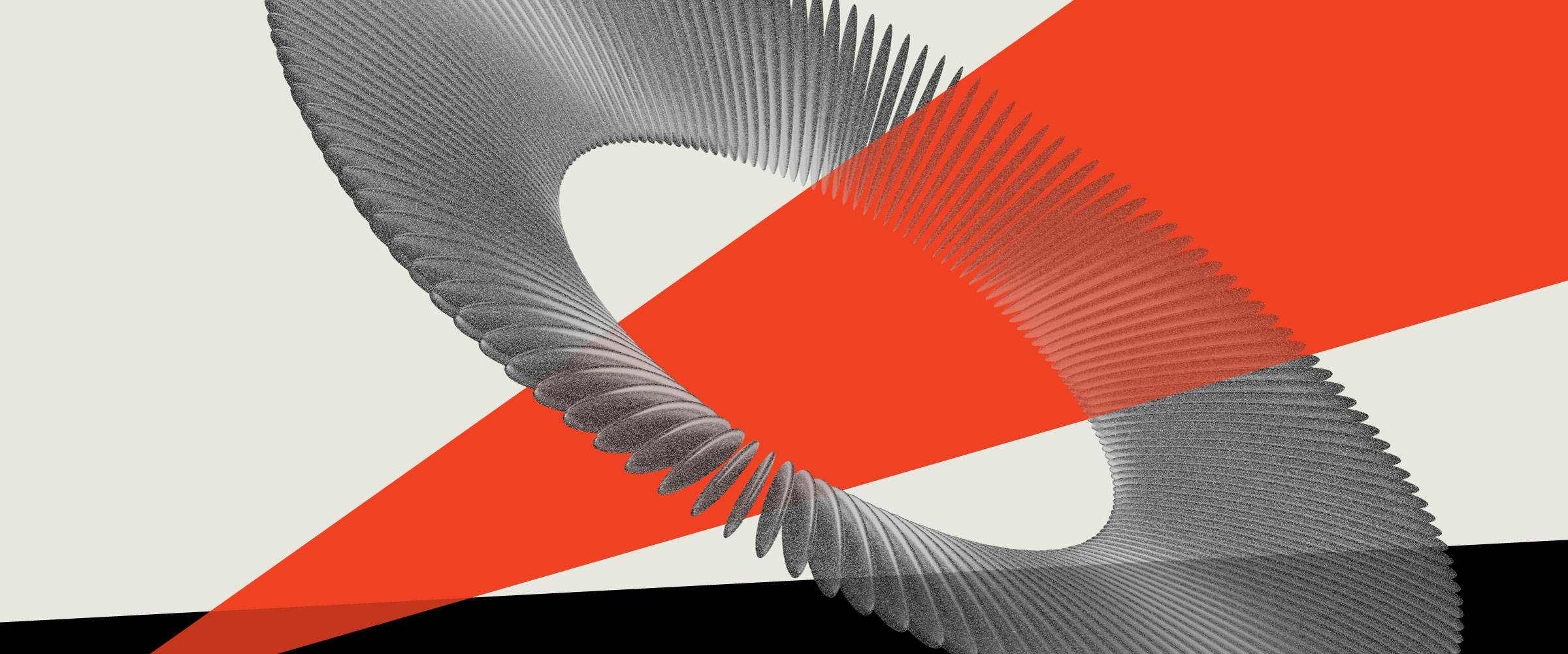
The White Space Is Gone
For decades, brand strategy was built around differentiation—finding white space in the market and crafting a unique identity. The idea was simple: be different, and you’ll win. But in 2025, differentiation is no longer a reliable strategy. The reason? White space doesn’t exist anymore. Any positioning strategy based on uniqueness alone is short-lived because competitors can replicate, improve, or commoditize distinctions faster than ever. New brands emerge overnight, digital marketplaces saturate industries, and once-exclusive brand attributes become table stakes within months. To stay ahead, winning brands aren’t just standing out—they’re shifting the playing field entirely. They’re not finding ways to differentiate; they’re constructing brand ecosystems so compelling that customers don’t even consider alternatives.
This is de-positioning.
Why Classic Positioning Strategies Are Failing
Most branding agencies still apply outdated positioning strategies built around market mapping—plotting competitors on an X-Y axis to find an unoccupied space. But the problem is, markets move too fast for static positioning to hold. Think of how legacy brands like Blockbuster, Blackberry, and even IBM PCs relied on differentiation but were quickly outpaced. It wasn’t because they stopped innovating—it was because their competitors outmaneuvered them by solving customer problems in ways they couldn’t match. Differentiation is reactive. De-positioning is proactive. It doesn’t rely on being unique; it systematically pushes competitors into a position of weakness.
Winning brands aren’t just standing out—they’re shifting the playing field entirely. They’re not finding ways to differentiate; they’re constructing brand ecosystems so compelling that customers don’t even consider alternatives.
The New Brand Playbook: De-Positioning
Instead of searching for empty space, the most competitive brands are removing the need for competition entirely by:
- Solving a core customer pain point better than anyone else
- Turning competitors’ strengths into their biggest liabilities
- Creating an ecosystem that makes switching feel impossible
- Owning one big idea so decisively that competitors fade into irrelevance
Let’s break this down with real-world examples of brands that have successfully de-positioned their competition.
Case Study 1: Apple vs. Microsoft – From Differentiation to Domination
In the late ’90s and early 2000s, Microsoft dominated the personal computing market. Windows was the default choice for businesses and everyday users alike. Apple was a niche player, fighting to differentiate itself. Instead of competing on specs, features, or pricing, Apple shifted the narrative entirely.
- Macs weren’t just different—they were a lifestyle.
- Windows PCs weren’t just competitors—they were outdated, boring, and corporate.
With the “I’m a Mac, I’m a PC” campaign (2006-2009), Apple positioned itself as the modern, intuitive, and creative choice. Microsoft, by contrast, was slow, uninspiring, and prone to crashes. Apple’s brand strategy wasn’t about winning on technical superiority—it was about reframing the entire category in its favor. Today, Macs dominate the consumer and creative computing markets, while Microsoft has struggled for decades to shake its corporate-only perception.
Case Study 2: Volvo vs. Performance-Driven Auto Brands
For years, luxury car brands like BMW, Mercedes, and Audi competed on performance, status, and driving experience. Volvo? It took a completely different approach. Instead of chasing speed or luxury, Volvo focused on the one thing customers couldn’t afford to compromise on: Safety.
- Volvo didn’t just claim to be safe—it engineered its entire brand around it.
- It created safety innovations like the three-point seatbelt—and then gave the patent away to competitors.
- It subtly positioned competitors as reckless by emphasizing accident-prevention technology.
The result? Volvo became synonymous with safety, making it the default choice for families, professionals, and cautious drivers. Competitors could introduce safety features, but they could never own the space the way Volvo did.
Case Study 3: Salesforce vs. On-Premise CRMs
Before Salesforce, customer relationship management (CRM) software was dominated by on-premise solutions like Oracle and Siebel. These platforms were expensive, complex, and required heavy IT maintenance. Marc Benioff, Salesforce’s founder, de-positioned the entire category by shifting CRM to the cloud.
- He didn’t just market a better CRM—he made on-premise software look like a slow, outdated burden.
- Salesforce branded itself as “No Software,” reinforcing how its cloud model removed pain points.
- It turned competitors’ greatest strength—their enterprise dominance—into a liability by painting them as slow-moving dinosaurs.
By 2025, Salesforce controls nearly 25% of the global CRM market, while legacy players have been forced to play catch-up in cloud-based solutions.
Case Study 4: Uber vs. Taxis – Turning an Industry on Its Head
Before Uber, the taxi industry was deeply entrenched. It had built-in barriers to entry—medallion systems, regulated pricing, and established infrastructure. Most startups would have tried to differentiate themselves by offering better cars or slightly lower fares. Uber did something more powerful:
- It made taxis look inefficient, expensive, and outdated.
- It eliminated cash payments and pricing uncertainty.
- It leveraged consumer frustration to build a superior alternative.
Uber de-positioned the entire taxi industry, forcing traditional cab companies to adopt ride-sharing models just to stay relevant. By shifting the focus to convenience, transparency, and availability, Uber made taxis feel like an outdated relic of the past.
The Future of Brand Strategy: Ecosystem Lock-In
The most competitive brands in 2025 and beyond won’t just position themselves differently. They’ll remove the need for competition entirely by:
- Integrating products and services into a seamless ecosystem
- Creating network effects that make leaving inconvenient
- Delivering so much value that customers don’t consider alternatives
This is why Apple users stay in Apple’s ecosystem. It’s why Tesla drivers don’t switch to traditional automakers. It’s why Amazon Prime members default to shopping on Amazon. The next wave of branding won’t be about standing out. It will be about creating a world where your brand is the only logical choice. Traditional positioning is over. If your brand isn’t de-positioning competitors, they’re doing it to you.
Old-school brand strategists are still mapping white space. The smartest brands are making their own.
Final Thought: From Standing Out to Standing Alone
Old-school brand strategists are still mapping white space. The smartest brands are making their own. The future isn’t about differentiation—it’s about ownership. The only question left is: Will your brand define the market—or be forced to follow it?



